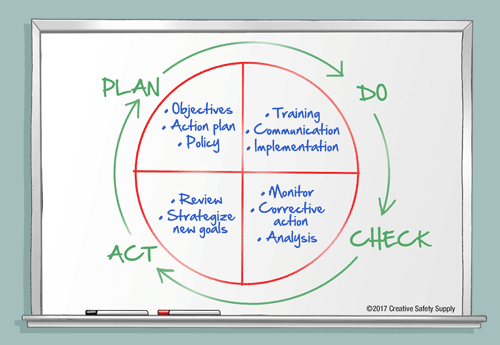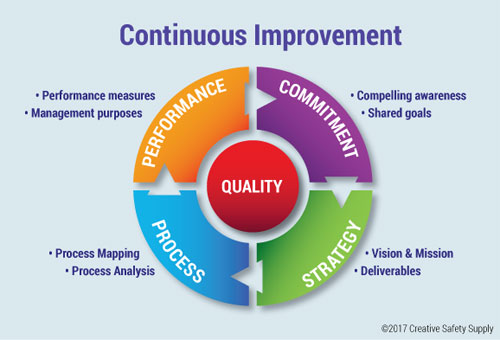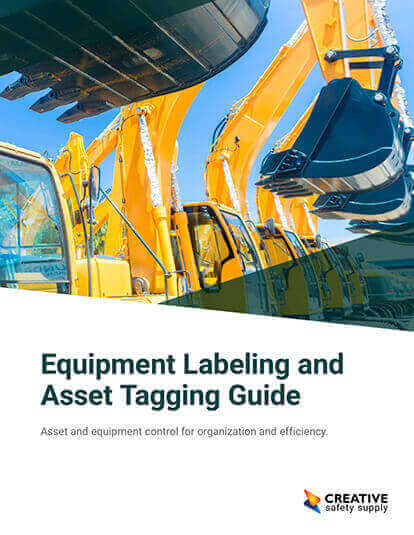
Continuous Improvement: How Constant Changes Fuel Workplace Efficiency
A business’s success isn’t determined by the innovative ideas it brings to the table or new product launches. It’s about continuously adopting new strategies and refining existing procedures to enhance the standard line of operations.
This is a typical overview of what the continuous improvement methodology suggests, which we will further explore in this article. But first, let’s start with the basics.
What Is Continous Improvement?
Continuous improvement, also known as continual improvement, is an eternal process where products or procedures are steadily evolving. It’s a relentless cycle of continuous analysis, planning, and introducing changes to achieve perfection. By adopting this cycle, businesses can eliminate waste and maximize productivity to achieve their desired results.
The methodology of continuous improvement can lead businesses to save time and money while delivering high-value products to their customers. This ensures their standing position in the fast-paced changing market where competitors are continuously making changes and practicing continuous improvement to maintain their place. You can introduce those changes by implementing the continuous improvement model.
Continuous Improvement Model
Businesses adopt multiple models, commonly associated with the concept of lean manufacturing, like Kanban, kaizen, and more. However, the continuous improvement model is a four-step approach, also known as the plan-do-check-act (PDCA) cycle:

Plan: Identify weak areas in your business practices or products.
Do: Implement the desired change you want to see in your business or product.
Check: After a period of time since the change, assess previous and current statistics if the change is towards continuous improvement.
Act: If the change ensures continuous improvement, implement it on a broad scale and regularly assess your results. If the change does not progress, begin the cycle again.
Lean thinkers implement multiple methods of continuous improvement like, “Six Sigma, Lean, Kaizen, and lean management in their business practices. These methods address weak points and strategically assess their productivity and profitability based on systematic cycle times.
Benefits Of Continuous Improvement
Implementing a continuous improvement cycle in your organization can help you make much-needed changes that increase employee productivity and boost morale. Practicing continuous improvement can help you access the following benefits:
Operational Productivity:
By analyzing your existing procedures and practices, you can make slight improvements to ensure breakthrough changes. This practice of continuous improvement allows leaders to streamline value chain processes to increase productivity resulting in more quality work being done in the same amount of time.
Employee Engagement:
To implement good changes while practicing continuous improvement. It’s important to involve your employees who are responsible for product management and production. The workers in a manufacturing company are solely responsible for the product, so it’s only natural that they know more. It’s important to engage your employees to ensure continuous improvement.
Reduced Waste:
When leaders or managers visit the worksite to analyze the current business practices, they can intricately oversee areas of waste. Continuous improvement methodologies like lean methodology can help reduce waste by eliminating the practices or products that don't offer profit or are a potential bottleneck. By practicing continuous improvement, businesses can save more time and get more done.

Cost Reduction:
Eliminating procedures that create bottlenecks or making changes can lead to cost savings. Applying lean practices to manufacturing processes means saving resources by eliminating waste processes that take monetary investment throughout the manufacturing process. Improving inventory and supply chain management can help reduce shipping costs and prevent long shelf life.
Improved Quality:
With continuous improvement, leaders are constantly working to enhance processes along the value chain to deliver better quality products and services. You can do more with fewer resources and deliver better products and services with the practice of continuous improvement.
Continuous Improvement Examples
Now that you are familiar with the structure of continuous improvement and what advantages it can bring, here are some real-life settings you can learn from.
- Time Audits: Measuring how much time a specific procedure requires to ensure completion can help make task distribution easier. This can lead to setting timely deadlines, enforcing a work-life balance culture, ultimately motivating employees, and eliminating the possibility of burnout.
- Survey and Polls: Your employees are your best bet in knowing where to begin making changes. They are well-versed with the entire structure of the business and are at the forefront of operations, making their input extremely valuable to the change-making process.
- Team-Building: No matter how experienced your staff is, you cannot yield results without proper synchronization. It is your duty to bring a team of individuals together to create a systematic workflow. This can yield lasting results and ensure that one individual can pick up the pace when another falls short.

Tools to Improve Your Workplace
Having the right continuous improvement tools is essential to the long-term success of any strategy. These tools can be anything that helps ensure the quality improvement process can move forward successfully.
Some simple examples of this include:
- Foam tool organizers to ensure tools are kept in good working order and stored where they are easy to access.
- Floor marking tape is excellent for improving visual communication, which can help improve efficiency and boost safety, which is essential for improvement.
- Whiteboards can assist workers and management in formulating and monitoring plans for process changes.
- Facility labels and industrial label printers can help to organize equipment, ensure employees follow safety regulations, and improve process efficiency in the workplace.
Aside from the tools that can be helpful for establishing a continuous improvement culture in the workplace, action lies in the hands of all members of the company. They must be the change that benefits both themselves and their customers in the end.
Similar Articles
- Kaizen (Lean Continuous Improvement)
- 5 Lean Principles for Process Improvement
- Getting Started with Kaizen
- What is a Kaizen Event? [Planning and Execution]
- Kano Model (Analysis & Diagram)
- How to Implement 5S in an Organization
- Lean Healthcare (Principles for Improvement)
- Organizational Development Process
- Hoshin Kanri
- Understanding The 5S Methodology Implementation


